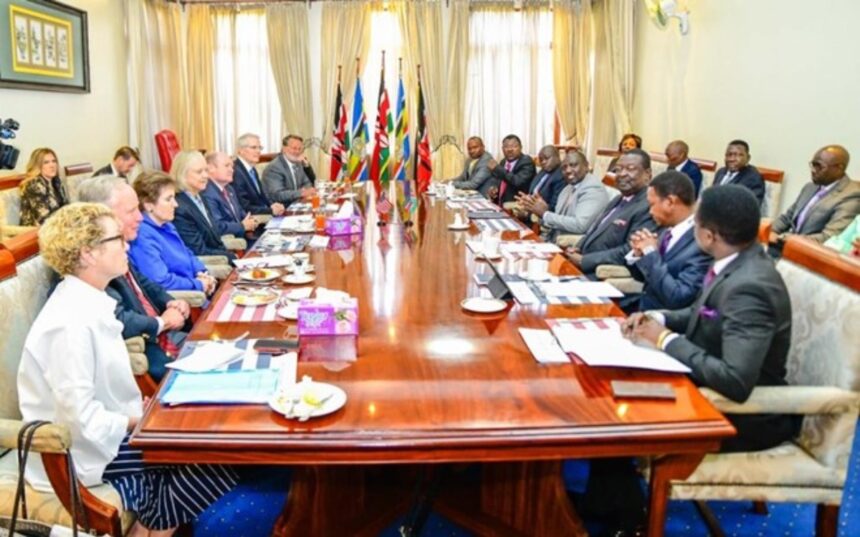The creative economy is rapidly reshaping the global landscape, with industries like music, film, and sports taking center stage in driving economic growth and cultural connectivity. In Kenya, this phenomenon is no different, as the creative sector continues to surge ahead, growing at a rate of 60% faster than other industries in the country. This sector has become a key player in fostering entrepreneurship and advancing Kenya’s broader economic development agenda.
According to the ACP-EU Culture Programme, Kenya’s creative economy currently contributes significantly to the national GDP, accounting for 5.3% as of 2017. This translates to a value added of Sh85.21 billion and provides employment opportunities for over 300,000 individuals directly. With the right support and investment, the creative sector has the potential to double its contribution to the national GDP in the years to come.
A strategic partnership between Kenya and the United States is playing a pivotal role in unlocking the immense potential of Kenya’s creative industries. This collaboration has already yielded tangible results, with a recent state visit by President William Ruto to the U.S. in 2024 emphasizing the importance of culture and creativity in bilateral discussions. Subsequent events, such as the 2025 U.S.-Kenya Creative Economy Forum held in Nairobi, have highlighted key sectors for investment, including film, music, and sports.
The forum showcased Kenya’s world-class creativity and talent, dispelling any notions of it being niche or second-rate. It underscored the government’s commitment to doubling the creative economy’s GDP contribution to 10% by the end of 2025, presenting American investors with a market ripe for strategic partnerships and exponential growth.
Despite challenges such as financing gaps and uneven access to opportunities, the momentum in Kenya’s creative sector is undeniable. Partnerships with organizations like the U.S. Embassy and the American Chamber of Commerce Kenya are providing training, mentorship, and partnership opportunities to local creatives, propelling them towards global success.
As Kenya continues to build its reputation as a hub for creative excellence, the possibilities for collaboration and innovation are endless. By staying the course, investing in the sector, and providing support for creatives to thrive, Kenya can solidify its position as a continental and global leader in the creative economy.
In conclusion, the convergence of creativity and collaboration is paving the way for a vibrant and sustainable creative economy in Kenya. As the script continues to unfold, one thing remains clear: when nations come together to support and empower their creative industries, the potential for growth and prosperity knows no bounds.







